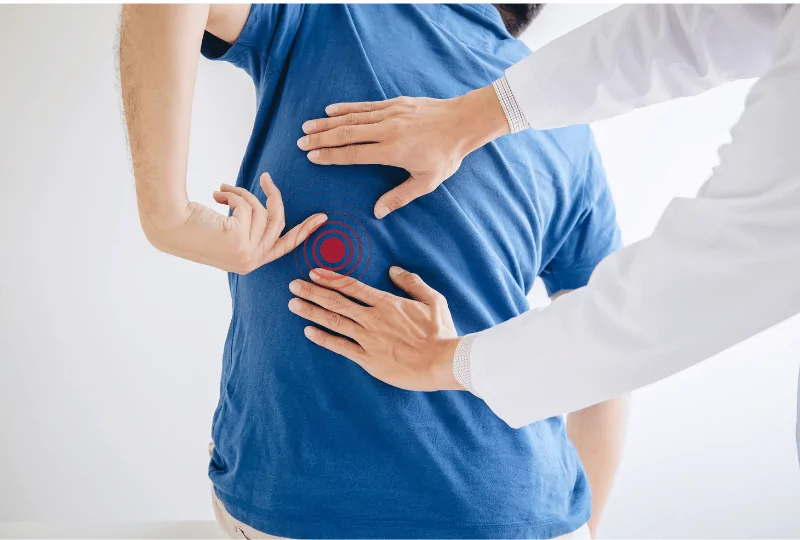



Braces, often considered simple orthopedic devices, are intricate solutions rooted deeply in scientific principles. Their purpose extends far beyond mere physical support; they are designed to tackle pain at its source, offering relief and promoting healing. Let’s delve into the scientific intricacies that make braces invaluable aids in pain management.
Understanding the Anatomy of Pain
Pain, a complex physiological response, involves signals transmitted through the nervous system. In the case of musculoskeletal pain, like that experienced in the back, knees, or joints, improper alignment or excess pressure exacerbates discomfort. Braces target these areas precisely, aligning the body to distribute weight and pressure evenly.
Mechanics of Pain Relief
Orthopedic braces employ various mechanisms to alleviate pain. Compression, a common feature in many braces, applies gentle pressure to reduce inflammation and enhance blood circulation. This facilitates the body’s natural healing processes. Stabilization is another key aspect. By providing support to weakened or injured areas, braces prevent unnecessary movements that can cause pain, allowing damaged tissues to heal without disruption.
Posture Correction and Pain Reduction
Poor posture often contributes significantly to back and neck pain. Braces designed to correct posture retrain the body to maintain proper alignment. They reinforce muscle memory, gradually reducing strain on the spine and surrounding muscles. Over time, this correction not only reduces pain but also prevents its recurrence.
Customization for Individual Needs
The effectiveness of braces lies in their ability to cater to individual needs. A well-fitted brace offers optimal support, ensuring that the affected area is precisely targeted. Professionals assess the user’s condition, taking into account factors like the type and location of pain, body structure, and lifestyle. This personalized approach maximizes the brace’s impact, delivering tailored pain management solutions.
Psychological Impact on Pain Perception
Beyond their physical benefits, braces wield a psychological influence over pain perception. Feeling supported and secure empowers individuals, reducing anxiety related to movement and potential injury. This psychological reassurance translates into a decreased perception of pain, creating a positive cycle that aids in overall well-being.
Conclusion: Harnessing the Power of Scientifically-Designed Braces
In essence, the science behind braces is a harmonious blend of biomechanics, anatomy, and psychology. These devices, far more than mechanical supports, are sophisticated instruments rooted in scientific understanding. By comprehensively addressing the physical, mechanical, and psychological aspects of pain, braces stand as formidable tools in the realm of pain management. Understanding their scientific foundation not only demystifies their functionality but also underscores their essential role in enhancing the quality of life for individuals dealing with musculoskeletal pain. So, the next time you put on a brace, know that you are not just wearing a supportive device; you are embracing the intricacies of scientific innovation, tailored specifically to alleviate your pain and promote your well-being.
How To Buy Brace?
At Daphco Medical Equipment, we have various types of brace that can help alleviate pain. From your back, knees, ankles, spine, wrist and bone stimulators. We got you covered and all available! For a full list of our braces, you can go to our products page. If you’re also covered with Medicare, we can check your eligibility and work with your Doctor to get a signed prescription. Click this link to contact a direct customer support representative.
Search Articles
Latest Articles
28th Feb, 24
23rd Feb, 24
20th Feb, 24
15th Feb, 24
13th Feb, 24



 888-616-4156
888-616-4156 



 28th Feb, 24
28th Feb, 24 


